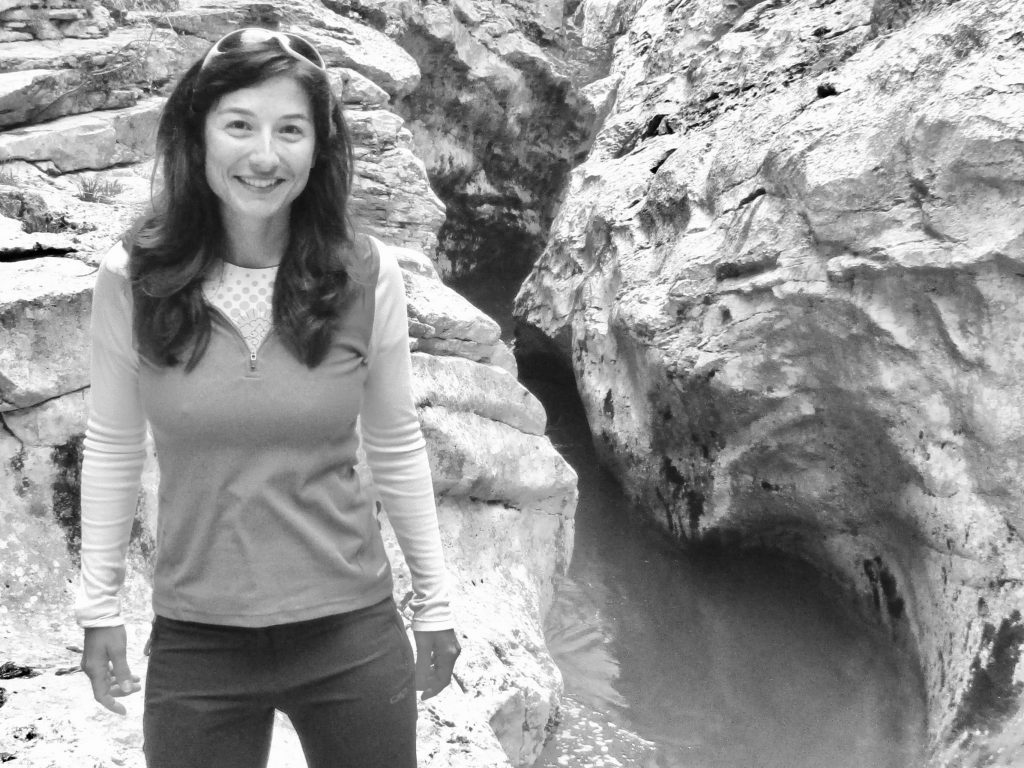
In this series of blog interviews, we further introduce the people and organizations behind XR4DRAMA by asking them about their work and their particular interest in the project. Our first interview partner is Martina Monego of AAWA, an Italian public body dedicated to the management and regulation of the Alpi Orientali (Eastern Alps) hydrographic district.
1) Martina, when did you first get in touch with the concept of situation awareness (SA) and or XR technology?
As a disaster manager, I’ve been familiar with SA for quite a while, but XR is a rather new thing to me. However, next to XR4DRAMA, I’ve also been involved in a (still unnamed) project that uses immersive technology for educational and training purposes. This one is about better engagement in learning processes and helping students improve their visualization skills. The basic idea is to simulate a flood in a very realistic way, so students can better understand the risks, the relevant aspects of preparing for a disaster like this, and the right behavior in case of emergency.
2) Who is in your team – and what are your colleagues working on at the moment?
The team consists of Michele Ferri, Daniele Nobiato, Franceso Zaffanella and myself. Michele Ferri is our development and innovation manager, in charge of coordinating hydrological research in the context of flood risk management, and the scientific lead. Daniele, Francesco and I are experts in hydrologic and hydraulic modelling, which includes data assimilation, flood forecasting, and flood risk assessment. As a team, we’re responsible for all kinds of projects. For example, we’re currently implementing a so-called Citizen Observatory (CO) on water in our district. In the scope of this CO, citizens provide information (e.g. on water and snow levels or flooded areas) via a mobile app. We then combine this information with other data and use it for early warning systems. The goal is to get a better picture of developments before and during a flood event and to facilitate communications between citizens, authorities, and agents in the field. In this way, we can increase the effectiveness of civil protection efforts. We also do presentations and training sessions for teachers, students, and civil protection volunteers.

3) From your point of view: What are the most interesting aspects about XR4DRAMA?
Well, during disasters like floods, decision makers and first responders face a lot of stress – and need to understand the situation as clearly as possible, so they can act promptly, make the right call, and not waste valuable resources. X4DRAMA will hopefully help them do a better job – and stay safe. At AAWA, we’re very interested in achieving a level of situation awareness that is as detailed and reliable as possible. In our pilot – which we’ll explain in detail later on – we can hopefully do two very interesting things: In phase number one, we’ll collect web information, sensor data, and other sources to predict and simulate a specific scenario, so that control room staff can check and verify all necessary emergency procedures.
4) What could be a challenge for the consortium?
In my opinion, the main challenge is to have enough data and repositories available, so we can get to a good level or SA – or the representation thereof – and fully exploit the potential of XR. Furthermore, our simulation should not be about high-end scenography, but about meaningful and tailor-made content that serves disaster managers. We need to effectively use the technology to support the work and ensure the safety of our first responders.
5) When the project is over in late 2022, what kind of outcome do you expect?
Our vision is to have an innovative and effective tool that improves emergency management in the control room, increases the safety of rescue units, and optimizes our resources.
Dear Martina, thank you for your time!
Our next interview partner will be Sotiris Diplaris of CERTH.
